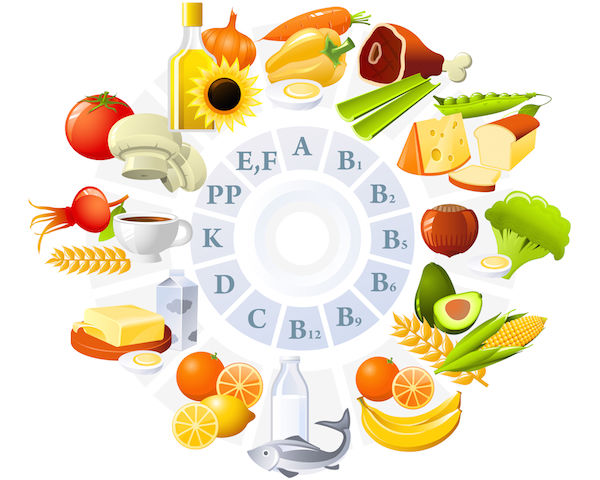
WEDNESDAY, Oct. 13 (HealthDay News) — Four big offenders of good nutrition — calories, saturated fat, trans fat and sodium — should appear prominently on the front labels of foods so consumers can make healthier eating choices, a new study suggests.
Other items, such as cholesterol, fiber, added sugars and vitamins, could be relegated to the back of the package, stated the Institute of Medicine (IOM) report, which analyzed front-of-package nutrition rating systems and symbols.
“The primary intent of front-of-package information is to provide the consumer with an easy way at point-of-purchase to select foods that are consistent with a well-balanced, high-quality diet,” Alice Lichtenstein, vice chair of the committee that prepared the report and professor of nutrition science at Tufts University in Boston, said during a Wednesday teleconference. “The committee concluded that it was important to provide calories and serving size very prominently . . . We felt it was important to focus on those nutrients most closely associated with chronic disease risk.”
“The most useful primary purpose of front-of-package [labeling] would be to help consumers identify and select foods based on the nutrients most strongly linked to public health concerns for Americans,” added Ellen Wartella, director of the Center on Media and Human Development at the School of Communication at Northwestern University.
Added sugar was not considered a candidate for the front-of-package real estate because “the committee felt that the emphasis on the front of the package should be on calories rather than added sugars per se,” said Mary Story, a professor of epidemiology and community health at the University of Minnesota’s School of Public Health. “We felt that having the focus on calories really would address concerns about added sugar.”
Also, Story explained, nutritionists don’t have any good way to assess how much sugar in a food product is natural and how much is added.
The committee was careful to state that it was not yet making recommendations. After a second phase of the project, looking at how consumers understand and use this information, the full report will go to Congress, the U.S. Food and Drug Administration and the U.S. Centers for Disease Control and Prevention.
“Then it will be considered as part of current regulations,” said Wartella. “What the FDA or Congress does with it is not up to this committee.”
“Certainly, companies are free to continue to use the nutrient content claims that they currently have to say high calcium, or whatever other nutrient they want to highlight,” added Virginia Wilkening, former deputy director, Office of Nutritional Products, Labeling, and Dietary Supplements at the FDA.
The impetus for the study, which was done at the behest of Congress, was the burgeoning epidemic of overeating and obesity in the United States and the resulting health problems such as heart disease, type 2 diabetes and some cancers.
At the same time, the number and type of front-of-package nutritional claims has exploded.
“Congress was aware of the proliferation of the different kinds of ratings and symbols and that there may be confusion on the part of the consumer,” said Wartella.
In attempt to cut through the clutter, the committee looked at 20 of these systems, grouping them into three overarching categories: nutrient-specific systems, which give information on the percentage of daily recommended amounts of various nutrients; summary systems, which use a single symbol or icon to encapsulate the nutritional content; and food group information systems, which highlight the presence of certain food groups such as “whole grain.”
The committee did not consider children and adults separately, nor did the committee specify which system was best.
“None was better than others,” Wartella said.
More information
Visit the National Academy of Sciences for more on the report.

